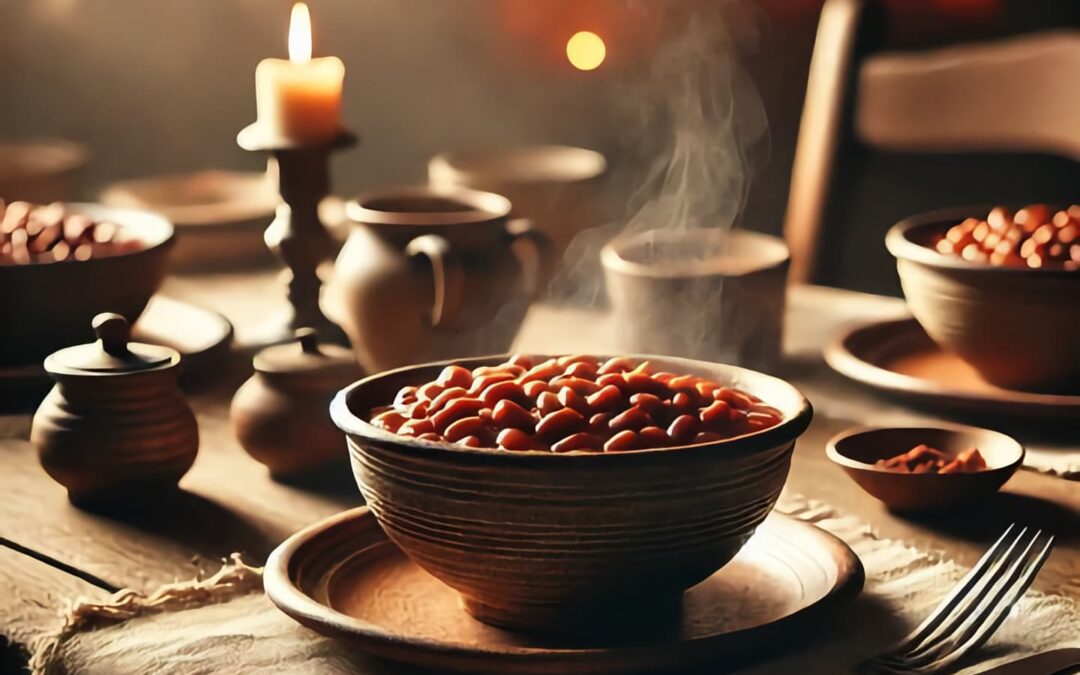
About Legumes
I talk about legumes ad nauseum. Legumes are an incredibly versatile and affordable food group, offering numerous options for various cuisines and dietary needs. They are high in fiber and protein while being low in fat, making them an excellent choice for meal prep. Additionally, legumes can be stored in the refrigerator or freezer, allowing for convenient and healthy meal planning. All of this is helpful as we forge into a new year, with resolve to eat foods congruent with our health goals.
One standout feature of legumes is their low Glycemic Index (GI), which means they have a minimal impact on blood glucose levels compared to high-GI foods like white bread or crackers. This makes legumes a good choice for individuals looking to manage their blood sugar levels, including those with prediabetes. There are some caveats to this, which will be discussed later. To be honest I don’t love the concept of Glycemic Index in general, mainly because you can manipulate how carb foods affect your blood sugar by pairing other macronutrients with said food in a meal or snack. However, legumes do have protein and fiber which changes how a carb serving’s worth of legumes affect blood sugar levels compared to, say, a piece of white bread.
Legumes also play a role in lowering cholesterol levels. Soluble fiber found in legumes binds to bile in the stomach, leading to its excretion in stool. Bile is synthesized from cholesterol and required to digest food properly. Cholesterol is then used for bile replacement rather than circulating willy nilly in the bloodstream.
For those with PCOS, meeting fiber needs is key. This helps slow digestion of food which can be helpful in blood sugar regulation. Once this is more controlled, insulin tends to become more regulated as well which in turn usually improves androgen levels, cravings, and other bothersome symptoms of PCOS. Controlling cholesterol level is also helpful with PCOS as abnormal lipid levels are common. Therefore, the helpful mechanism discussed above also applies here.
Beans and legumes are a great addition to most eating patterns, but those living with IBS may have to proceed with caution. At least for a while. Beans and legumes contain galacto-oligosaccharides (GOS), which can be an IBS trigger. For some clients, this means eating only certain legumes in limited amounts during elimination and challenge phases. Low FODMAP options include (canned) ¼ C lentils, ¼ C chickpeas, and 1/3 C cannellini beans. For fresh or cooked from dried, ¼ C mung beans and ½ C soybeans. This process can take a while but can help identify food triggers and eventually allow for foods to be reintegrated that will not cause GI distress.
If adequate hydration is maintained while increasing fiber intake, increasing legume consumption is pretty comfortable and hopefully easy enough to implement. I can provide ideas for uses and the internet is flush with recipes. Here’s one for Mediterranean flavored white beans. Hummus can be low FODMAP if you use garlic infused olive oil to make it or garlic flavor substitute. White beans are a good buddy for tuna and make meal prep easy. Cannellini beans can be used to for low FODMAP. This lentil recipe is a hit in our house. Use 1/4C canned lentils to remain low FODMAP. Last, and certainly not least, my personal favorite recently: this Spanish Gigante Bean recipe from the Serious Eats blog.
Get a can of beans and get creative!
